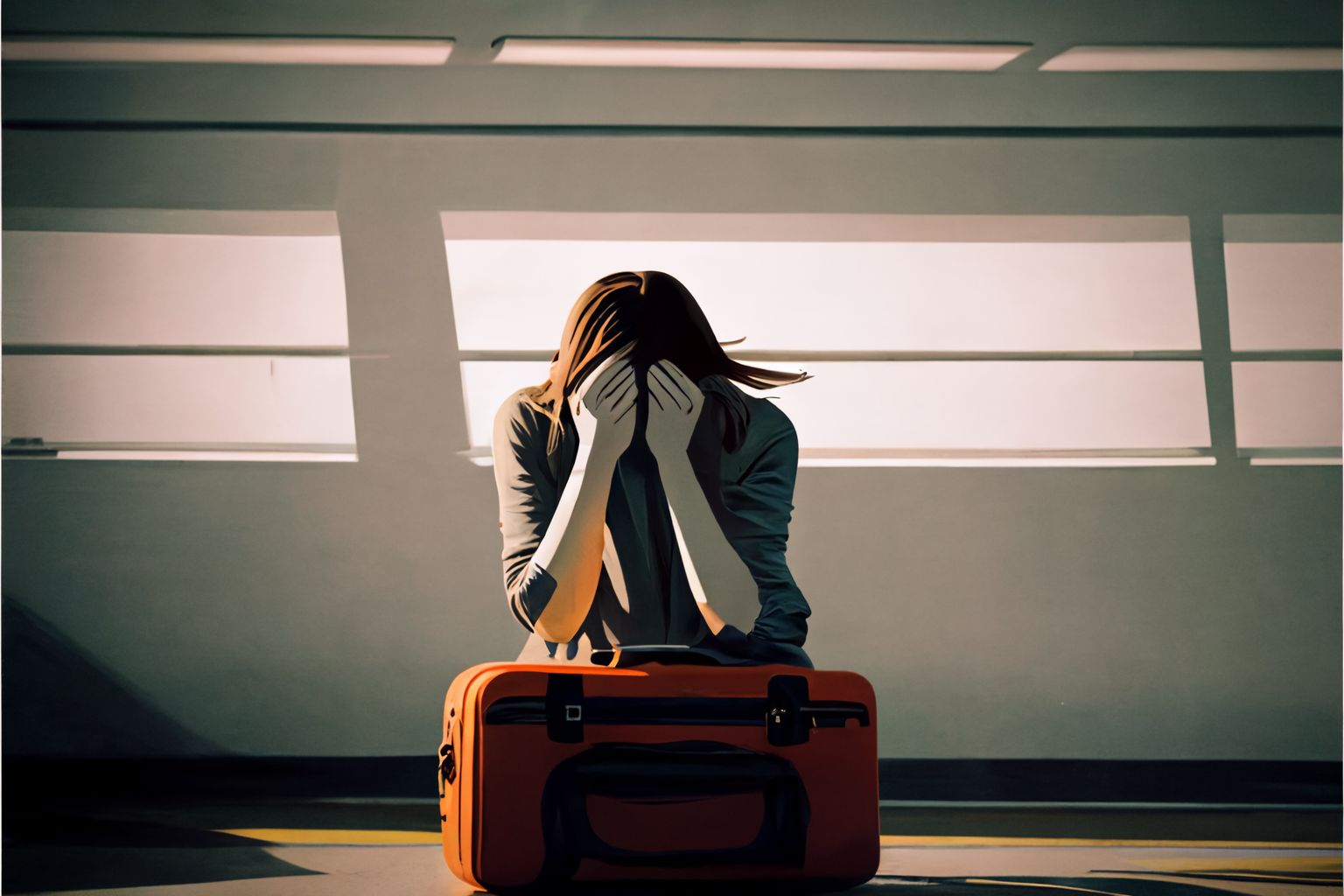When Kimberly Button drove her RV to Glacier National Park in Montana this summer, she expected relief from her muggy hometown of Orlando. “We assumed that we’d have mild temperatures,” she says. “We couldn’t have been more wrong, thanks to climate change.”
Instead, the Rocky Mountains baked in mid-90-degree temperatures. Button’s family camper, which didn’t have air conditioning, felt like a sweatbox. “We were looking at each other,” Button says, “and saying, “How is it this hot in Glacier National Park?”
Good question — and, as it turns out, more than a hypothetical one for someone like Button. She publishes GetGreenBeWell.com, a website about green travel, and has become increasingly concerned about the effects of climate change. She says that this summer, with its extreme weather, was a wake-up call. And the travel industry is not responding in a completely honest way.
It’s a particularly timely topic, given the recent wildfires in Maui. Scientists say climate change has increased the chances of natural disasters. These tragedies don’t just ruin your vacation; they also claim lives.
The Southwest endured its worst heat wave in years
The record temperatures weren’t limited to Montana. The Southwest endured its worst heat wave in years. High temperatures in Phoenix have been in the triple digits every day for nearly a month this summer. And hurricane season is just getting started.
“Weather events are becoming more frequent, more severe. And, in many cases, the seasons in which we worry about them are becoming longer,” says Meghan McPherson, who teaches at Adelphi University’s emergency management program. “Much of our infrastructure was designed to function in the climate in which it was created. Because of this, roads that never flooded even 10 years ago are now flooding in everyday rainstorms. Our planes are unable to take off in heat they were not designed to withstand.”
Hot weather can even ground planes. The air is less dense, according to Dan Boland, a commercial airline pilot. “Less dense air equals less power. When we have close to full passenger loads it becomes almost impossible to safely take off at temperatures above 100 degrees,” he says.
Flying in hot weather is also more expensive
Most takeoffs can be achieved with reduced thrust. As temperatures approach 95 degrees, pilots must use the maximum thrust available. This reduces engine life and increases the cost of a takeoff by $500, according to Boland.
The temperature increase has ramifications on land as well. Earlier this year, Jessica Pociask, an ecologist and the founder of Want Expeditions, a tour operator, had to cancel a tour to view harp seals in the Gulf of Saint Lawrence because of a lack of ice. “Climate change is having a massive impact on travel,” she says. (Related: Yes, your vacation is destroying the planet. Here’s how to stop.)
Phyllis Stoller, who heads a tour operator called the Women’s Travel Group, says her business has also been affected by changing weather. She recalls her first March trip to Ethiopia a few years ago. Back then, at the higher elevations, the temperatures were cool. Two years later, she says, there was no relief from the heat, even at 10,500 feet. “We changed our dates for the next Ethiopia tour to accommodate this change. We are now planning it for a winter month,” she says.
Micha Wacquier, who runs a tour operator called Puur Travel, has faced similar challenges with his trips to South Africa’s Kruger National Park.
“The rains during rainy season have intensified over the last years. This causes many roads to be closed and damaged during floodings,” he says. “In addition, the heavy rains and accompanying winds create havoc for the smaller bush planes, which will be grounded during these events.”
So how do you travel during a time of extreme weather?
There’s nothing you can do to change the climate, at least in the short term, but there are a few steps you can take to ensure that disruptions are kept to a minimum.
If you’re concerned about an early thaw this winter, for example, you can plan your ski trip for a time when snow is more of a sure thing — say, move your vacation from early March to mid-February. You can apply this climate-conscious travel planning to other trips, too. Take that Caribbean cruise in December or January to steer clear of hurricane season.
How to protect your trip from climate change
It helps to understand your rights when an extreme weather event delays your trip. Many travel companies have “Act of God” clauses that let them off the hook for weather-related delays or cancellations. That fine print is in the airline’s contract of carriage or in your cruise line’s ticket contract, and it essentially means the company can cancel a trip without having to cover any of your expenses or even get you to your destination.
A good travel insurance policy can protect you from sudden cancellations. But you can’t protect your vacation from climate change. In fact, if you want to reverse the effects of climate change, there are those who would argue that you should stop traveling. But that’s a discussion for another time.




